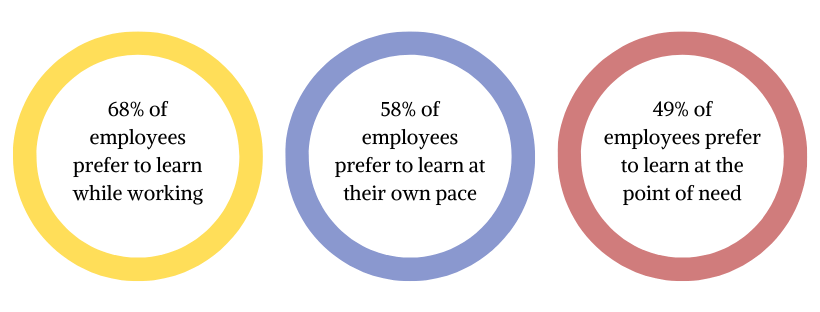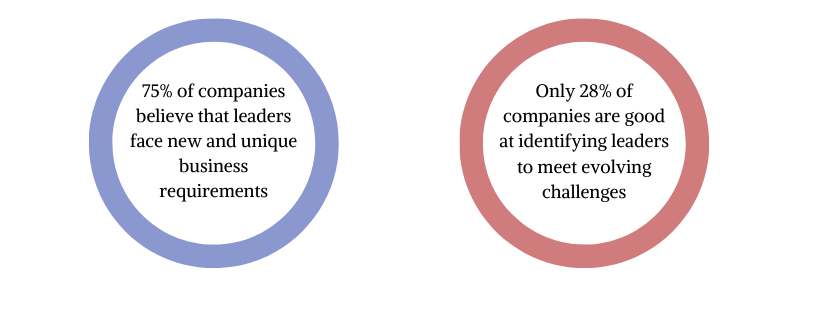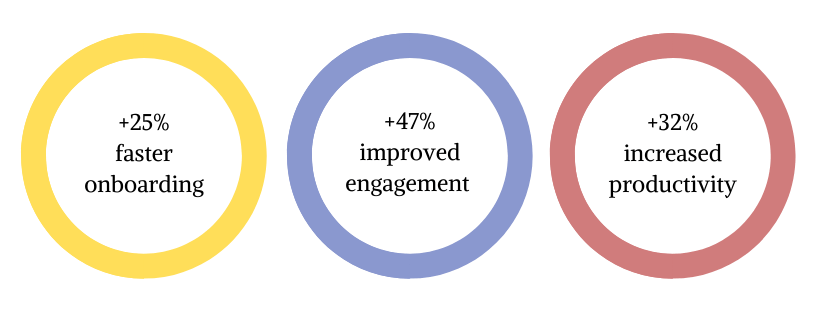Digital Strategy for Direct Selling: Paul Jones on Digital Transformation and Adaptability
Industry 4.0 Requires Learning in the Flow of Work, Yet Only 28% of Companies Are Ready for It
Previously unheard-of disruptive changes have become the norm in the world of Industry 4.0. Advanced technologies, new business models, and fast-growing skill gaps have been taking center stage for years now. Learning in the flow of work is emerging as an essential component in the workplace of today.
With changes happening so quickly, how can companies stay in tune with today’s business world? How should they handle ‘the unprecedented’?
Why “learning in the flow of work” has become a pressing issue in 2019
Learning has always been, and will always be, at the core of progress and adaptability. The only difference is that the mode of learning has changed. Monthly and semi-annual workshops and training classes are long gone, and online training video courses are far less effective these days. What’s remained unchanged is that people don’t have time for learning, as the latest studies have been consistently showing.
This is the reason why the majority of people today want to learn in the flow of work.

Industry 4.0 has brought smart technology to our personal lives, making our daily routines optimized with all relevant information easily accessible on-the-go with just a couple of taps. So why should training at work be different? In fact, it shouldn’t be.
Ensuring learning in the flow of work means tapping into today’s workforces’ needs. For companies, it means introducing a single integration platform that puts everything their teams need in one place, making it available at any moment. This way, busy schedules and remote or deskless workplaces are no obstacle to providing each and every one of your team members with the right support at the right time. Such a robust integration allows for the high optimization of processes, prediction of any potential disruptions, as well as data-driven strategic level decision making.
Sounds good? But wait, we’ve got a slight problem here.
Adopt Leadership 4.0 to foster learning in the flow of work
The adoption of new tools is stressful for both workforces and leaders even if they are intended to help facilitate and streamline work processes. People fear the unknown – that’s in our DNA. So before leveraging any new tool, companies have to ensure that their teams are ready to embrace the new.
However, Deloitte’s 2019 Human Capital Trends found that companies find it difficult to adapt to new business environments because only 28% of them have leaders who are ready to tackle evolving challenges and become agents of change.

If leaders are not ready to keep up with the changes, then there’s no way their companies can successfully introduce new tools. Leadership has to be reimagined.
What should Leadership 4.0 look like?
- Leaders should be connectors
Meriya Dyble, managing director of Connected Learning & Change at ATB Financial, explains what is meant by this: “the whole idea behind connected learning is that I think that we have become more of connectors than creators. Like how do we connect people to the information they need or the experience they need or even the other people that they need in order to really learn, adapt and grow.” This, in turn, will define the level of the company’s adaptability to changes.
- Leaders should learn in the flow of life
A leader’s goal is to create an environment where every team member is able to unlock their full potential to contribute to the company’s objectives. They have to know every business aspect and all the processes that are happening across a company, constantly updating their expertise and skills. Being aware of any minor changes and following best business practices means learning non-stop – learning in the flow of life.
- Leaders should act proactively
Leaders are those who can drive strategic decisions to guide their companies to success. However, it is often the case that the initial strategy might change with new challenges or opportunities looming on the horizon. So, today’s leaders should also be able to recognize this need for change upfront and act proactively according to new conditions. This is where data literacy can serve as a catalyst for action.
So how can companies both support their leaders and help them introduce the necessary changes to how their business operates as well as the way their team members learn?
How Rallyware supports learning in the flow of work
To deal with the fear of the unknown and to boost the adoption of new tools, your leaders and teams have to see the real benefit these tools bring.
The Post-LMS World requires Post-LMS Smart Technology

At Rallyware, our primary goal is to ensure that every feature of our Performance Enablement Platform helps to unleash every individual’s full potential by optimizing their everyday activities and delivering on-demand support through a data-driven personalized learning experience. By combining the most in-demand features of an integrated learning ecosystem powered by a machine learning engine, the platform serves as a unique knowledge and experience sharing hub.
Being highly scalable and customizable, mobile-first, and data-driven, the system seamlessly integrates into teams’ everyday activities and triggers just-in-time personalized learning activities only when your people need help or might experience performance issues. When each member of your team gets on-demand personalized support, regardless of where they are, you guide your company to success through increased engagement, improved productivity, and streamlined performance development.
Learning in the flow of work is the best cure for business disruptions. Access to the right smart tools will allow you to foster a culture of growth and support learning in the flow of work.
Want to go behind the scenes and see how Rallyware incorporates learning in the flow of work? Request a demo!
News and Insights on Workforce Training & Engagement
We’re among top-notch eLearning and business engagement platforms recognized for effective training and talent development, helping to empower distributed workforces
Subscribe
